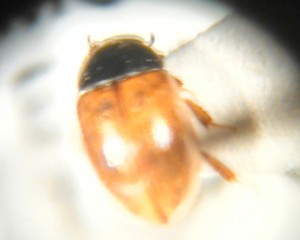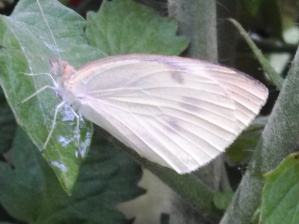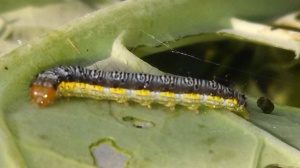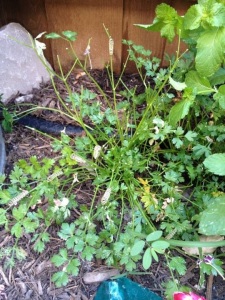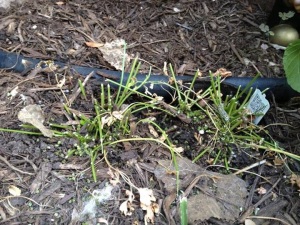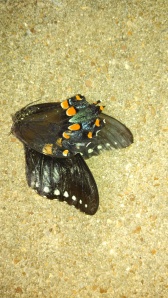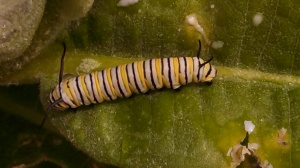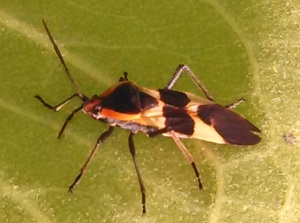Wagner (2021) wrote an alarming and convincing paper about insect population declines. Living in DC, we find we almost never need to clean the car windshield of bug carcasses. Our 6,100 mile vacation car trip pointed out that automobile/insect collisions can still be a major issue.

Cars are not the only issue here, but as the photos show we have killed quite a few insects on our journey and that doesn’t help the issue. As the USFWS endangered species act (ESA) listing of the monarch butterfly (Danaus plexippus) is a distinct possibility, the ramifications of roadside milkweed plantings and 75 mph interstate highway speeds will need to be revisited. Most of the time the collisions are only noticed after the fact when the windshield gets smeary, but I know I hit a monarch here in Minnesota and wonder what this unintended take would involve in paperwork and fines? How many motorists could seperate monarchs from viceroys (Limenitis archippus) 75 mph to avoid one and smash the other to oblivian? Perhaps some public service announcement TV ads could point this out to help motorists do the right thing?

Clearly in the case of motor vehicle collisions it is clearly better to be the windshield than it is to be the bug. However, the windshield is also impaired by the insects it has smashed. This isn’t just a loss of beauty, this is a loss of the ecological services that these insects could have provided if allowed to live. E,O. Wilson famously called ants: “the little things that run our world” and I think we can extend this concept to insects in general.

Our car was just one of many on the highways we traveled. If the monarch were listed, the incidental take by motorists would need to be considered: slower speed limits, roadside buffer strips to force insects to travel over traffic, reduced vehicular frontal areas to reduce impact potential, or some other engineering solution (public transit?) may help. Perhaps we shouldn’t wait for the ESA and start trying to solve the problem now? The canary in the coal mine just might be an orange and black butterfly. Perhaps listening to this canary might just save us.
Reference: Wagner DL. Insect Declines in the Anthropocene. Annu Rev Entomol. 2020 Jan 7;65:457-480. doi: 10.1146/annurev-ento-011019-025151. Epub 2019 Oct 14. PMID: 31610138.








